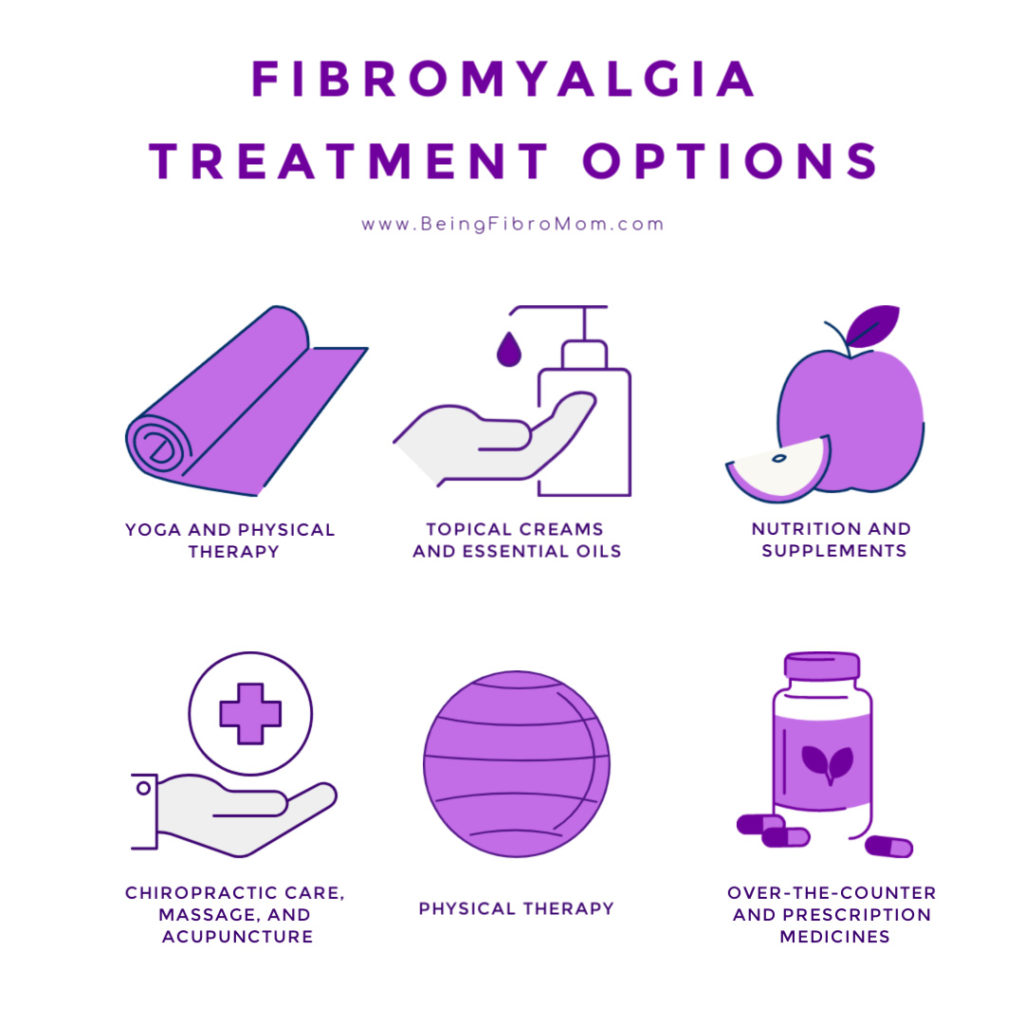There is so much information found online about fibromyalgia. And after living with fibromyalgia for as long as I have, I would think I knew all there was about it and wouldn’t be surprised by some of the shocking statements I come across about it. However, I don’t know everything there is to know and I’m continually surprised by what I find online. I recently discovered some shocking truths about fibromyalgia.

This post contains affiliate links which means, at NO extra costs to you, I earn a commission from any purchases made. For further details, please read my full disclosure policy.
Shocking Truths About Fibromyalgia
Nothing really shocks me anymore since becoming a mom and a fibromyalgia advocate. Really, I think I’ve seen, read, or experienced it all. However, recently I was writing an article for an upcoming issue of The Fibromyalgia Magazine and learned some shocking truths about fibromyalgia during my research. Here are a few of them. (If you learn some more shocking truths about fibromyalgia, please comment below or contact me with the truth and a link to it.)
Truth #1
The Centers for Disease Control and Prevention (CDC) is a public health organization where information regarding diseases can be found. On their webpage for fibromyalgia, it states that “women with fibromyalgia may experience a lower quality of life”. This is a shocking truth for the mere fact that it excludes men. Yes, lower quality of life is the harsh reality of living with fibromyalgia. However, this also applies to anyone living with fibromyalgia – men and children included.
Truth #2
Even though the term ‘fibromyalgia’ was coined in the 1990s, there are references to the condition of it going all the way back to Biblical times. It wasn’t until the late 1800s when German and British physicians started to study and analyze the condition in an effort to better understand it. Initially, it was referred to as a type of rheumatism. Canadian Dr. Hugh Smythe is credited with making the syndrome modern in the 1970s when his article about it was published in a textbook. While this history may not be ‘shocking’ in and of itself, it is shocking to see it being investigated by physicians as early as the nineteenth century.
The history stated here can be found in the book The First Year – Fibromyalgia: An Essential Guide for the Newly Diagnosed.
Truth #3
Despite fibromyalgia primarily affecting the central nervous system, it is still considered a “rheumatologic rather than neuropsychiatric condition”. In his article Fibromyalgia Classification, Triggers and Etiology, Dr. Dmitry Arbuck says that he believes this disruption of the central nervous system leads to various subsequent disruptions in the pathological process. As a result, he thinks treatment should be focused on the areas of CNS such as topical relief, nerve blocks, and medications that focus on brain and signal transmission triggers.
The FibroManual by Ginevra Liptan, MD
Truth #4
According to the National Institutes of Health (NIH) website, the categorical spending for fibromyalgia increased from $11 million in FY 2016 to $14 million in the following two fiscal years. It decreased to $13 million in FY 2019 and is slated to decrease to $12 million for FY 2021. Read more this alarming decrease in funding and other areas advocates are working to improve in the article Fibromyalgia Advocacy Day March 2020.
Truth #5
Pain levels are not taken into consideration when applying for disability because pain is not objective and, subsequently, cannot be measured. Many fibromyalgia patients applying for disability will be denied when initially applying because of this fact. Fibromyalgia patients are rarely approved for disability the first time. It’s more common for a patient to file appeals to receive disability multiple times before getting approved – IF approved at all. This is not so much surprising to me, but I am wondering if they would consider the results from the ACR’s diagnostic criteria used for diagnosing fibromyalgia.

Truth #6
Speaking of the diagnostic criteria: The initial diagnostic criteria for fibromyalgia were drafted by the American College of Rheumatology (ACR) in 1990 but revised the criteria in 2010. The ACR acknowledged the importance of recognizing cognitive problems and somatic symptoms when determining if a patient has fibromyalgia or not. The revised criteria include these problematic areas as best they can by using the Widespread Pain Index (WPI) and symptom severity (SS) scale score.
Truth #7
The ACR is well aware of the problems caused by the inability to accurately diagnose fibromyalgia due to the immeasurable somatic symptoms and cognitive issues. In the study, they state: “We are aware of the inherent problems in the diagnosis of somatic syndromes that lack objective physical or laboratory features or well-characterized pathologic findings.” In other words, there is no way to accurately and objectively measure symptoms such as digestive or cognitive issues. Furthermore, they acknowledge the problem this imposes when diagnosing (or eliminating the diagnosis of) a patient with fibromyalgia.
Truth #8
The next fact is a sad reality for fibromyalgia patients because of the problems it imposes. The startling truth is that there is no definitive cause of fibromyalgia. Not knowing the origin of fibromyalgia means a cure is less likely to be found. Instead, a combination of treatments is used to manage fibromyalgia symptoms.

Truth #9
Inconsistent information on public health organization’s websites (such as the CDC and NIH) causes a lack of knowledge among the medical community resulting in a gap in a patient’s care. Regularly updated and streamlined information about fibromyalgia would present an opportunity for medical providers to receive continued education. This would result in a more defined diagnostic criterion leading to a faster diagnosis (or exclusion of fibromyalgia), better treatment, and improved medical care for fibromyalgia patients. Read more about improvements needed in the community.
Truth #10
As of the publishing of this article, there is no blood test for fibromyalgia. There are speculations about the FM/a test, but the test is littered with flaws and most insurance companies will not cover it. This is an area I’m currently researching and gathering more data.

